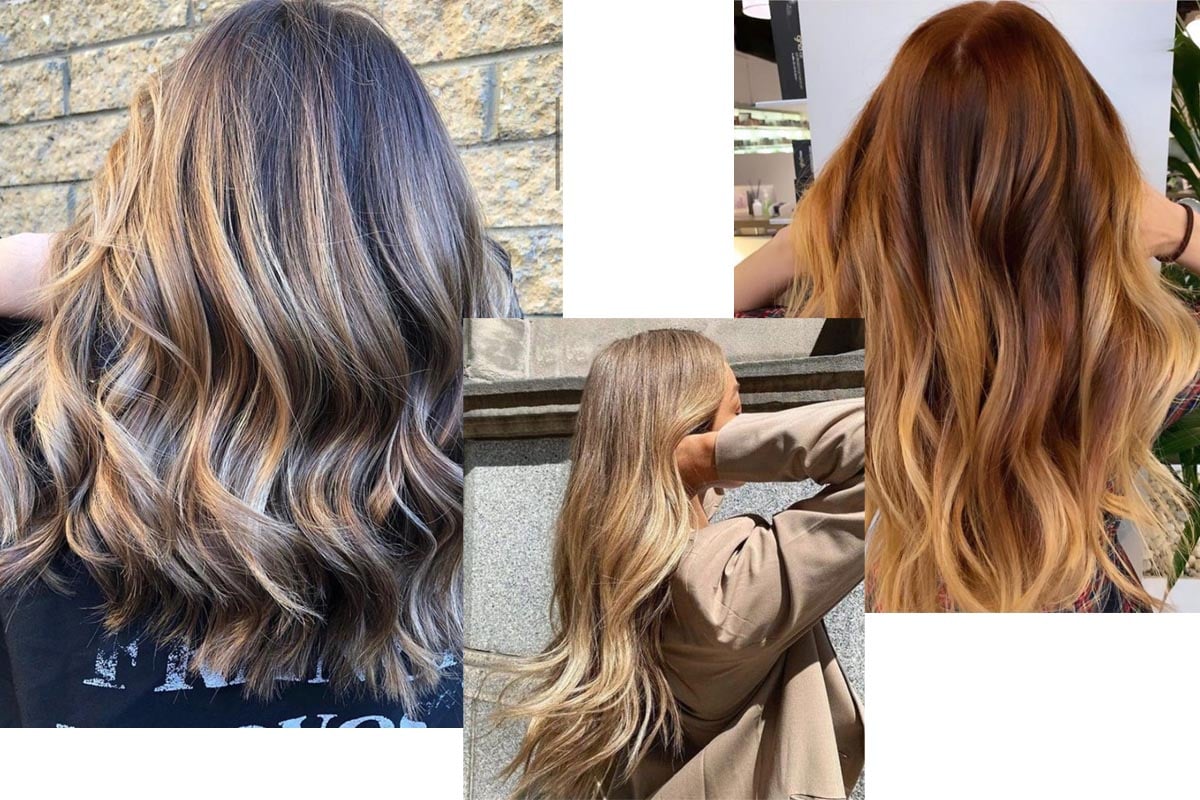
If you've been noticing the trends of the 2000s and the 2010s slowly creeping back into fashion again, you're not alone. Everything from baby tees, velour tracksuits and Von Dutch seems to be trickling back into popularity.
One of the beauty trends we're noticing moving back into the spotlight is the Balayage. The 50-year-old hair colouring technique rose to prominence in the mid-2000s continuing to be the hair style favourite for over 10 years. It would be remiss of us to say 'the Balayage is back' because the reality is, the popularity of this technique never really died. It's continued to be one of the most searched for and requested hair style since the initial wave of hype. But certainly, in 2021, the Balayage is here with renewed vigour and more exaggerated iterations are again flooding our Pinterest feeds.
But before you decide to take the plunge, there are a few things you need to know. We spoke to Virginie Gayssot, Head of Education at Franck Provost to explain to us a few things about the Balayage - since Franck Provost was one of the Balayage's pioneers. Below, she explains everything you need to know about the Balayage.
Can you explain, what exactly is a Balayage?
Balayage, meaning 'to sweep' in French, is a unique hair colouring technique which is designed to create very natural-looking highlights which grow out without developing a noticeable and obvious root.
Where did this look come from?
Balayage emerged in Paris in the 1970s. French world meaning 'to sweep', a reference to the way in which the colour is applied. Famed celebrity hairstylist Franck Provost himself was part of the pioneer wave that experimented, developed and perfected the craft before bringing it into his salons in the early 90s. It became extremely popular in the late 1990s when celebrities such as Gisele Bündchen and Jennifer Aniston picked up on the trend.
How is this done? What is the process?
At Franck Provost we have two main Balayage techniques. The classic uses a free hand technique with a tint brush or our signature Balayage called Balayage 2 Ors. For the Balayage 2 Ors we are using a tint brush with a free hand technique as well as the classic Balayage bit we also use a special brush to apply the bleach which gives a very natural blended look. The big difference is in the finished result, because while some salons start the colour at the mid-length, Franck Provost begins the Balayage closer to the root ensuring a seamless transition and finish.
How is this different to an ombre hair look?
Ombre is a type of Balayage, but Ombre is a bit more of a style; Balayage is a technique.
Does a Balayage work on blonde hair or is it better on darker hair?
Balayage is for all hair colours and all hair types. It is not just for blondes it can also be applied to brunette and red hair.
Is it better to have your Balayage done in a salon or is it possible to do at home?
Definitely in a salon! Balayage is technical and can go wrong very quickly if not applied properly. It can look patchy, orange and damage hair if not done correctly.
Another reason why it needs to be done in a salon is because a toner needs to be applied, only a hairdresser will know which shade to apply for the toner according to the desired result and necessary neutralisation of reflects depending on how the hair has lifted.
Images: Franck Provost Aus, Franck Provost Aus, Franck Provost Paris



